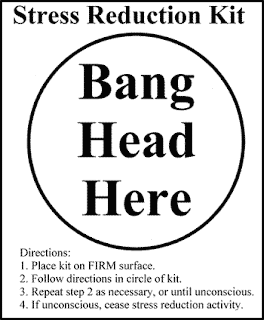
Objectivity is in the eye of the beholder
Having read the article by Christopher Farhey, a question arises in my mind - What exactly is objective methods? I believe that there is no such thing as true objectivity and everything, as objective as it seems, it's only in the eyes of the beholder.
Scientific methods are supposed to be used for a representation of our reality, but no matter how hard it tries to do so we need to realize that people functions in different realities and what seems objective to one may not seem to be so for another. Hence, the issue of misinterpretation of data.
Studies are all Subjective
Design methods need not depend on objective analysis. There is no such thing in the first place. I find it ironic that we talk about designs influencing people's emotions, attention and pleasure level, which are all subjective in nature, and link it to science to create a facade that such things can be measured objectively and that there are variables we can look at to make a design work.
Of course, certain amount of testing is still needed to make sure designers are not going the wrong direction. But whether there is a need to feint such methods as pretentiously as being objective should be examined.
Understanding Management View
Still, after all the critiques on the idea of objectivity, I guess we need to examine the mindset of the management - the ones who are taking the risk and sponsoring you with the money to complete your work. The fact is people do need confirmation and certainty especially when monetary issues are involved. This is pretty much linked to the idea of political tool mentioned by Farhey. The issue is management do need convincing and in a way, it eases the designing process as well.
I simply love the way the author puts it - It's like chicken soup. You don't need it But it's not bad either.









